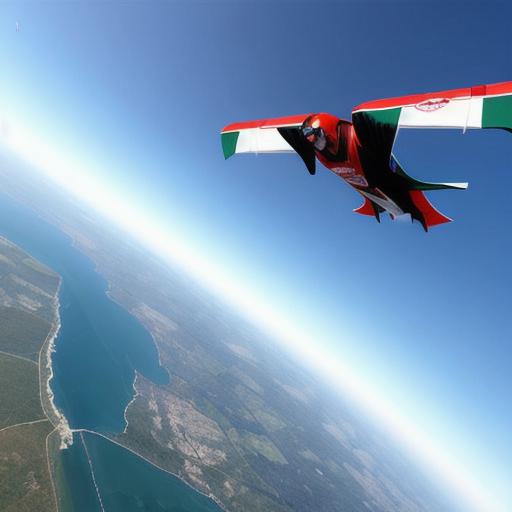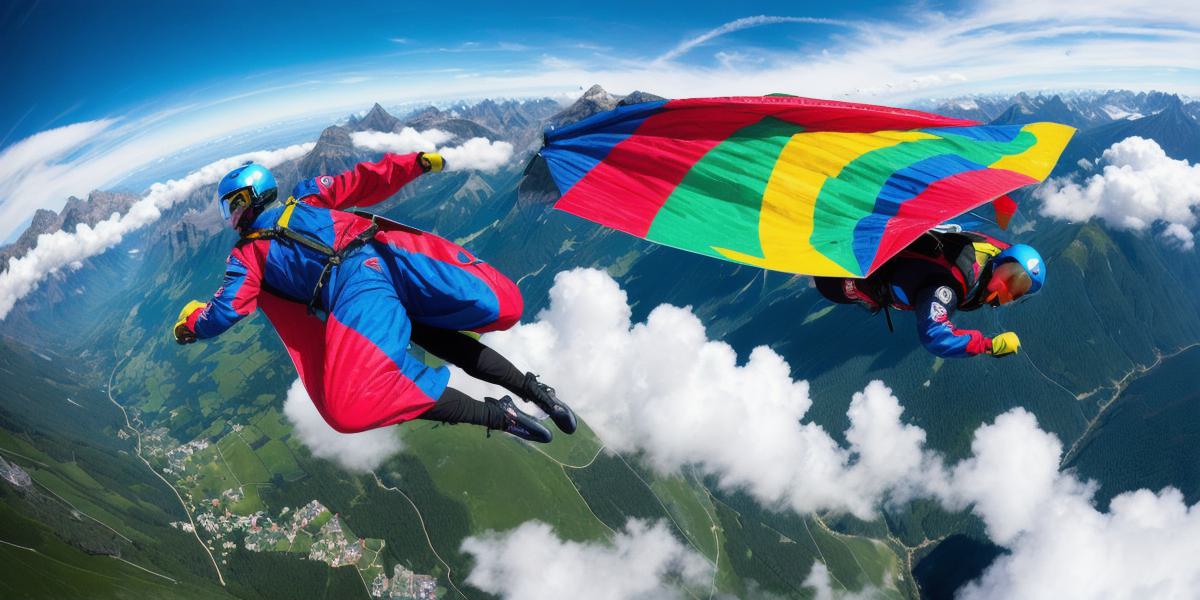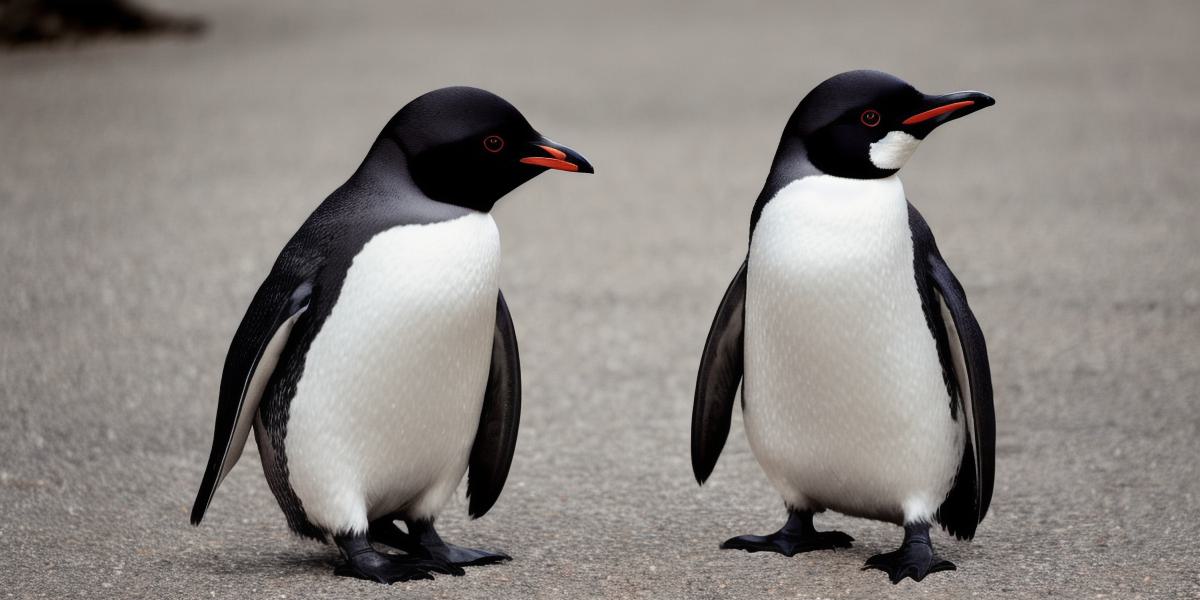Wingsuit flying is an extreme sport that allows adventurers to experience the thrill of free flight. It involves jumping from an aircraft or high point, such as a cliff or building, and using a suit that allows you to glide through the air before deploying a parachute. Wingsuit flying is not for the faint of heart, as it requires skill, training, and a bit of luck. If you’re thinking of giving it a try, here are five simple steps to get started.
Step 1: Research and Understand the Risks
Before diving into wingsuit flying, it’s important to understand the risks involved. While it may look like a thrilling adventure, it is also a potentially dangerous activity. Wingsuit flying involves jumping from an aircraft or high point, such as a cliff or building, and using a suit that allows you to glide through the air before deploying a parachute.
The risks of wingsuit flying include fatal falls due to equipment malfunction or human error, collisions with objects in the air (such as buildings or power lines), and accidents during takeoff or landing. It’s important to be aware of these risks and to always fly with experienced instructors who can help guide you through the process safely.
Step 2: Choose the Right Equipment
The right equipment is essential for wingsuit flying. You’ll need a suit that is designed specifically for this activity, as well as a parachute and other safety gear. When choosing your equipment, it’s important to consider factors such as weight, size, and durability.
You should also choose a suit that fits you properly and comfortably. It’s important to be able to move freely in the suit without feeling restricted or uncomfortable. You’ll need to practice putting on and taking off your suit until you feel confident in your ability to do so quickly and safely.
Step 3: Take a Wingsuit Flying Course
Taking a wingsuit flying course is essential for learning how to fly safely and effectively. A good course will teach you the basics of wingsuit flying, including how to jump, steer, and deploy your parachute. You’ll also learn about safety procedures and how to identify potential hazards in the air.
There are many different wingsuit flying courses available, ranging from beginner to advanced levels. When choosing a course, it’s important to choose one that is taught by experienced instructors who have a proven track record of safely teaching students. It’s also important to make sure that the course covers all the necessary safety procedures and that you receive adequate training before attempting any flights on your own.
Step 4: Practice, Practice, Practice
Like any new skill, wingsuit flying takes practice. You’ll need to spend time in the air practicing your jumping, steering, and landing techniques. It’s important to fly with experienced instructors who can provide feedback and guidance as you improve your skills.
As you become more comfortable with the sport, you can start to push yourself by trying more advanced maneuvers and tricks. However, it’s important to always prioritize safety and to never fly beyond your skill level. It’s also important to remember that wingsuit flying requires a high level of physical fitness, so make sure to prepare yourself in advance by exercising regularly.
Step 5: Stay Safe and Enjoy the Ride
Finally, the most important step to starting wingsuit flying is to stay safe and enjoy the ride. Wingsuit flying can be a truly thrilling experience, but it’s important to always prioritize safety and to follow all safety procedures. This includes wearing appropriate gear, such as helmets and harnesses, and making sure that your equipment is properly maintained before each flight.
Remember to always fly with experienced instructors who can help guide you through the process safely. It’s also important to listen to your instructor’s advice and to never fly beyond your skill level. With practice and dedication, you’ll be well on your way to experiencing the adrenaline-pumping thrill of wingsuit flying.
FAQs:
- What is wingsuit flying?

Wingsuit flying is an extreme sport that involves jumping from an aircraft or high point (such as a cliff or building) and using a suit that allows you to glide through the air before deploying a parachute. It’s not for the faint of heart, as it requires skill, training, and a bit of luck. - How much does wingsuit flying cost?
The cost of wingsuit flying can vary depending on factors such as the type of equipment used, the location, and the length of the course. On average, a beginner wingsuit flying course can range from $100 to $500 per day. It’s important to do your research and compare prices before choosing a course. - Who is qualified to teach wingsuit flying?
Wingsuit flying courses should be taught by experienced instructors who have a proven track record of safely teaching students. It’s important to choose a course that is accredited by recognized organizations, such as the United States Parachute Association or the British Parachute Association. - What are the risks involved in wingsuit flying?
The risks involved in wingsuit flying include fatal falls due to equipment malfunction or human error, collisions with objects in the air (such as buildings or power lines), and accidents during takeoff or landing. It’s important to be aware of these risks and to always fly with experienced instructors who can help guide you through the process safely. - What equipment do I need for wingsuit flying?
You’ll need a suit that is designed specifically for wingsuit flying, as well as a parachute and other safety gear. When choosing your equipment, it’s important to consider factors such as weight, size, and durability. It’s also important to choose equipment from reputable manufacturers and to make sure that it’s properly maintained before each flight.



